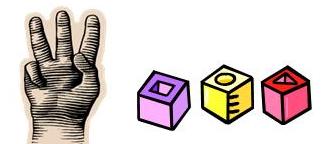When I taught kindergarten I had a lot of ABC games that I could use in whole group and small group settings to practice the content I was teaching my kiddos.
I felt as though it was time for me to give more ideas for teaching ABC and letter-sound correspondence to anyone in need of ideas. There is a difference between teaching letter identification and letter-sound correspondence (knowing the sound that a letter represents). But, it is important to teach both of these skills parallel to each other, to take your time teaching these skills, and to re-teach often. Continue to expose your children to letter names and letter-sound correspondence, but if your child is just learning letters, don’t overload them with the sounds just yet, be intentional to teach the letter names and the letter formation. Below are some examples of some of my favorite games for these skills. You DO NOT have to buy all of them for your child to learn these skills. Consider buying one of each OR recreating your own version of one of them at home. Take a picture and send it to me if you come up with a homemade game that I can share 🙂
All of these games are more beneficial to the learner if it is played with YOU because children learn best when someone is there to build on their current understandings.



